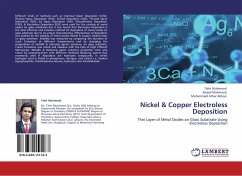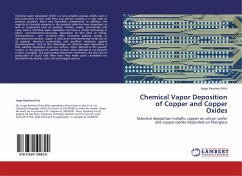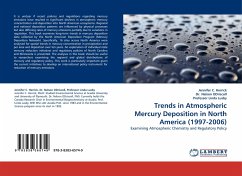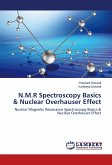Different kinds of methods such as Chemical Vapor Deposition (CVD), Physical Vapor Deposition (PVD), Sol-Gel Deposition (SGD), Thermal Spray Deposition (TSD), Jet Vapor Deposition (JVD), Triboadhesion Deposition (TAD), & Electroless Deposition (ELD) were used for the coating of metal oxides on glass substrates but it was found that Electroless Deposition is the most effective and common method for deposition of metal oxides on glass substrate due to its unique characteristics. Effectiveness of deposition was studied by the stability of metal oxides (Nickel & Copper Oxides) layer on glass substrate. Stability was measured by comparing the duration of crack formation at different temperatures and by changing the composition of metallic & reducing agents solutions, on glass substrate. Cracks formation was noted and measure with the help of High Efficient Microscope. Metallic & Reducing agent solutions properties were also noted by preparing them with different methods. Reducing agents that commonly used in deposition are hydrogen compounds, in which hydrogen atom is linked to phosphorus, nitrogen, and carbon i.e, Sodium Hypophosphite, Dimethylamine-borane, Hydrazine and Formaldehyde
Bitte wählen Sie Ihr Anliegen aus.
Rechnungen
Retourenschein anfordern
Bestellstatus
Storno








